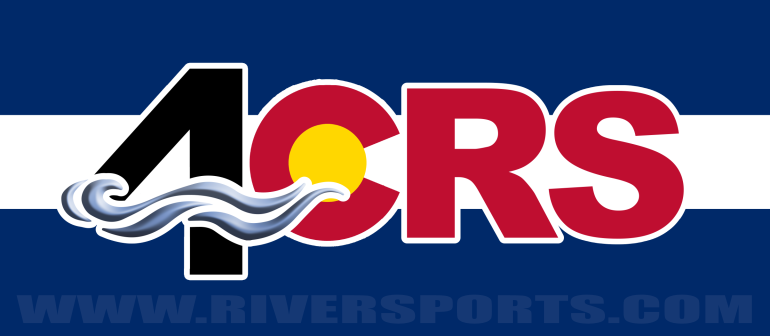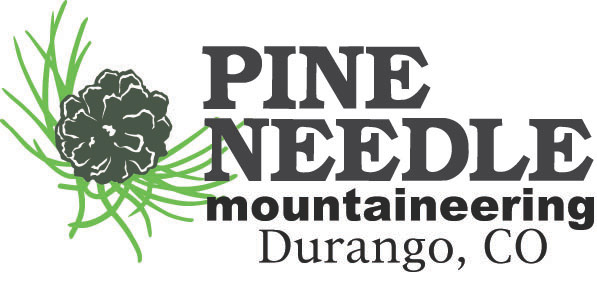Skiers at work on riding the flat ski.
When I watch a World Cup competitor like Jessie Diggins or Johannes Klaebo (or even one of our accomplished local skiers), it’s always with a tinge of jealousy. If only I had that sort of motor…if only I had their fast skis….
One of my favorite coaches and mentors, former Olympic Biathlete Glenn Jobe, has a piece of advice: “Yes, the equipment and physical conditioning are important but I am convinced now, after all these years of skiing and coaching, that balance is at least 50% of the equation,” says Jobe.
Whether you’re just starting out, or a top citizen racer, the people who can ride a flat ski are going to ski more efficiently. The more efficiency you can bring to your skiing, the more fun it is. Fitness and decent equipment are all important, but balance is the third leg of the stool to support great skiing.
Balance is hard. You are putting all your weight on a two inch wide plank, gliding over a slippery surface and hanging out there, slow-motion to allow your ski to achieve the maximum glide. Don’t expect to be instantly great at this. But there’s good news.
“When I am teaching skiing, I like to remind people that balance is something you can improve on, not something that you are not just born with,” Helen Low, Durango Nordic Center Manager, told me. “Anyone who has taken yoga or pilates classes will remember how difficult a balance pose can seem at first, but after a week or two it becomes much easier.”
Most athletes have noticeably better balance on one leg. Usually right-handers are right-legged, but not always. Personal history, including injuries, can force you to change your balance-dominant leg.
For a real life example of the importance of balance and technique, look at the so- called Nike Project of the mid-1990’s. It all started when top XC ski coaches realized there was a high correlation between athletes who could ski fast and athletes who could run fast. So why not find the best runners in the world and teach them to ski? Kenyans Philip Boit and compatriot Henry Bitok, middle distance runners with no previous skiing experience, were sent to Finland to become competitive skiers. These guys were studs— we’re talking a half marathon time a hair over 1 hour. They were given top coaching and top equipment. The project was sponsored by sportswear giant Nike. Winter training began in February 1996 in preparation for the 1998 Winter Olympics in Nagano, Japan.
Boit's participation in the games gained worldwide media coverage. But after two years of immersive training, he finished 92nd (LAST) in the 10-kilometer classic race. He might have been better off running the course and carrying his skis. The awards for the race were delayed while winner Bjørn Dæhlie waited for Boit to reach the finish line to embrace him.
The balance had not come.
Low says improving your balance in the pre-season “doesn't have to be time consuming. If you are chatting on the phone with a friend, or in line at the post office, try standing on one leg.” For a real challenge, Low suggests trying to put on one sock while standing on the other leg. But give yourself a safe place to fall over, (say…next to your bed?)
If you find that you are wobbling around, that’s a good thing! You are firing the muscles in your foot and leg that are the key to improving your balance.
Of course there are numerous ways to improve balance, including afore-mentioned Yoga and Pilates. The main thing is to get out there and start wobbling!
Author Mitch Dion is on the Board of Directors of DNSC.









